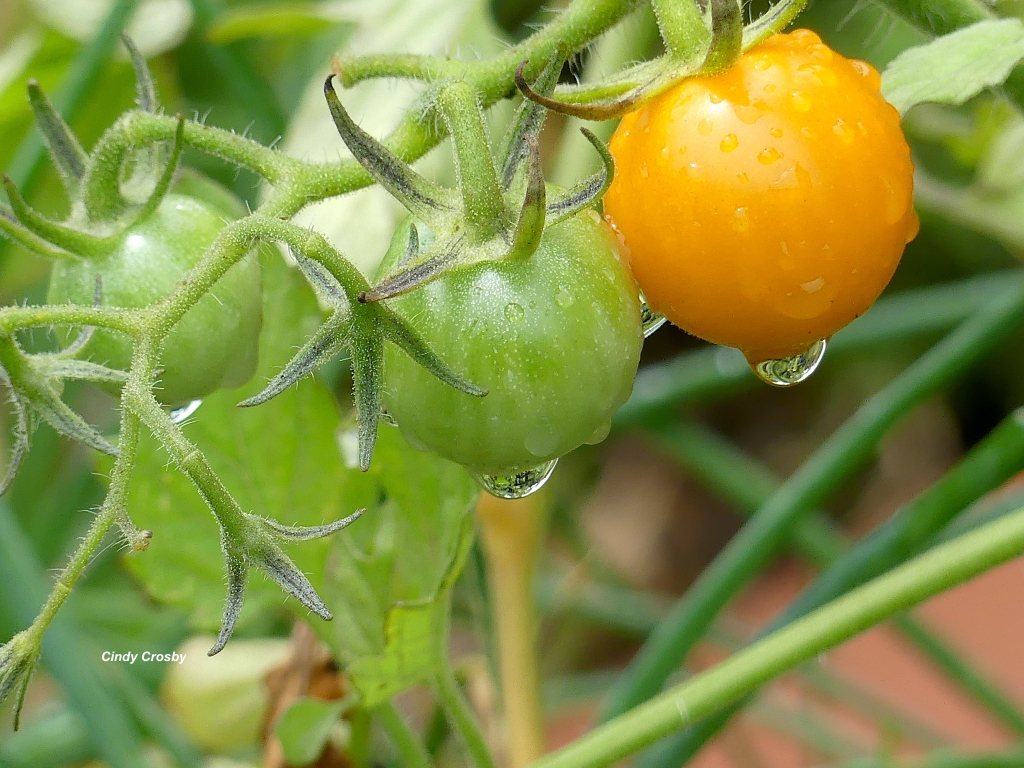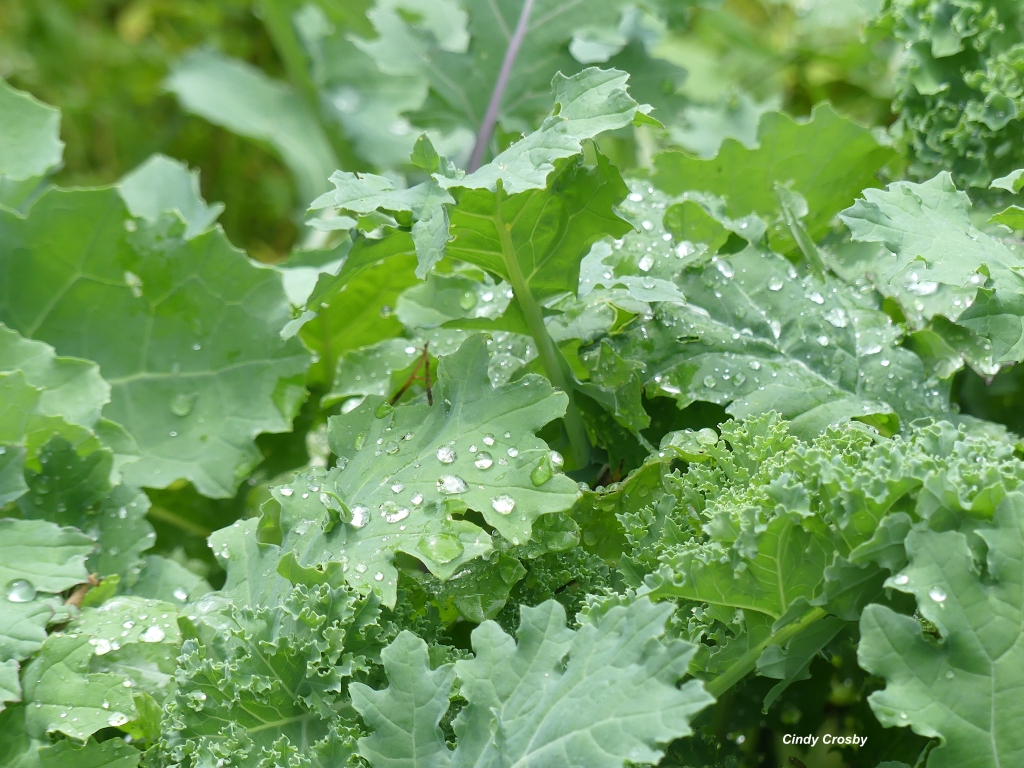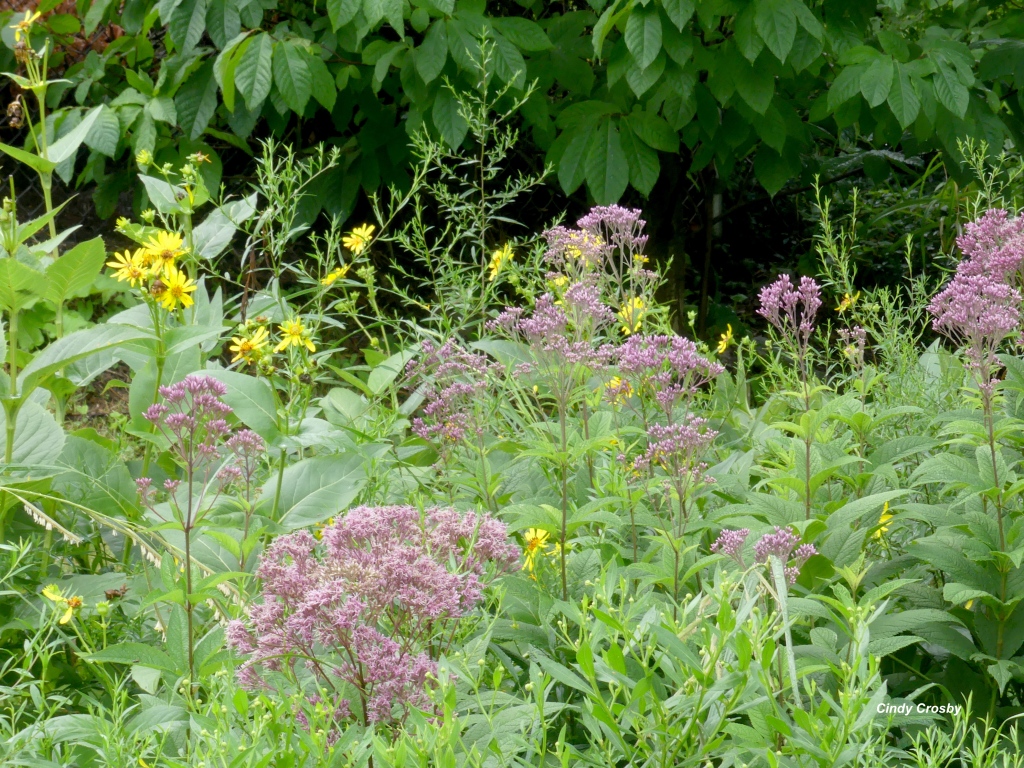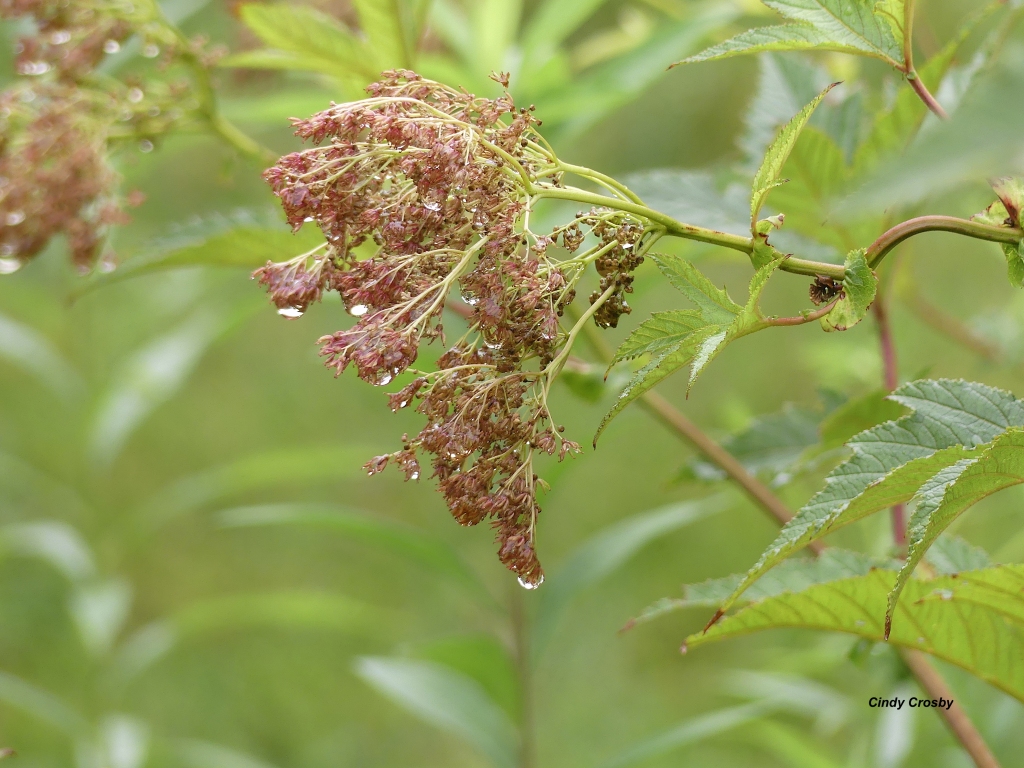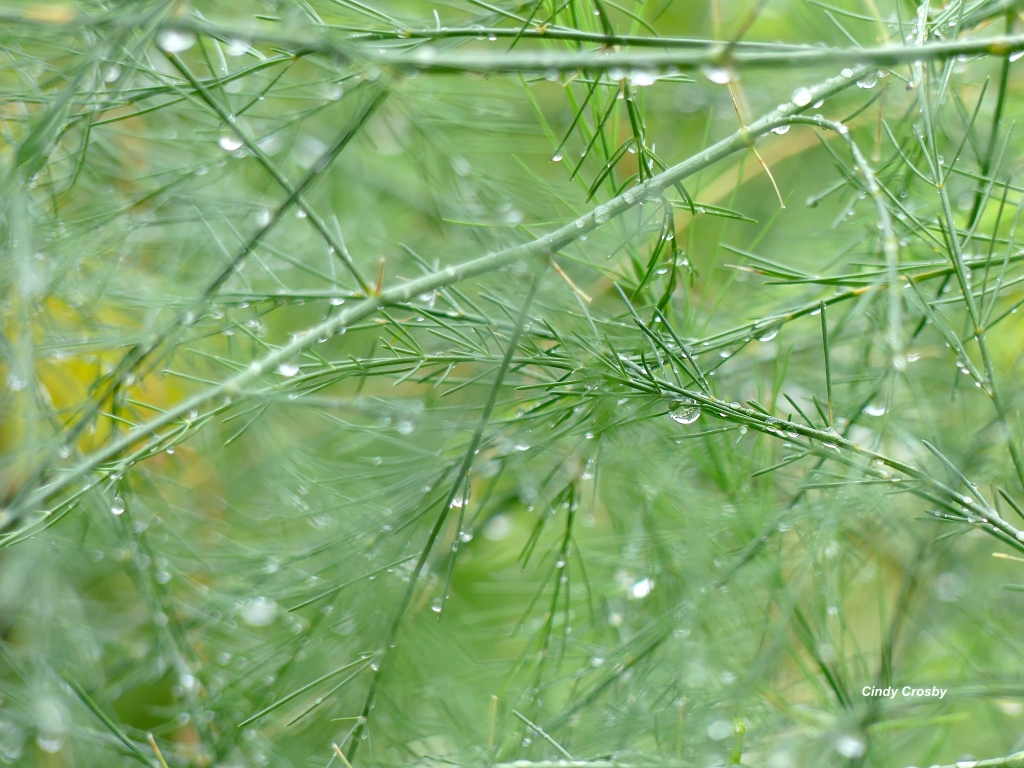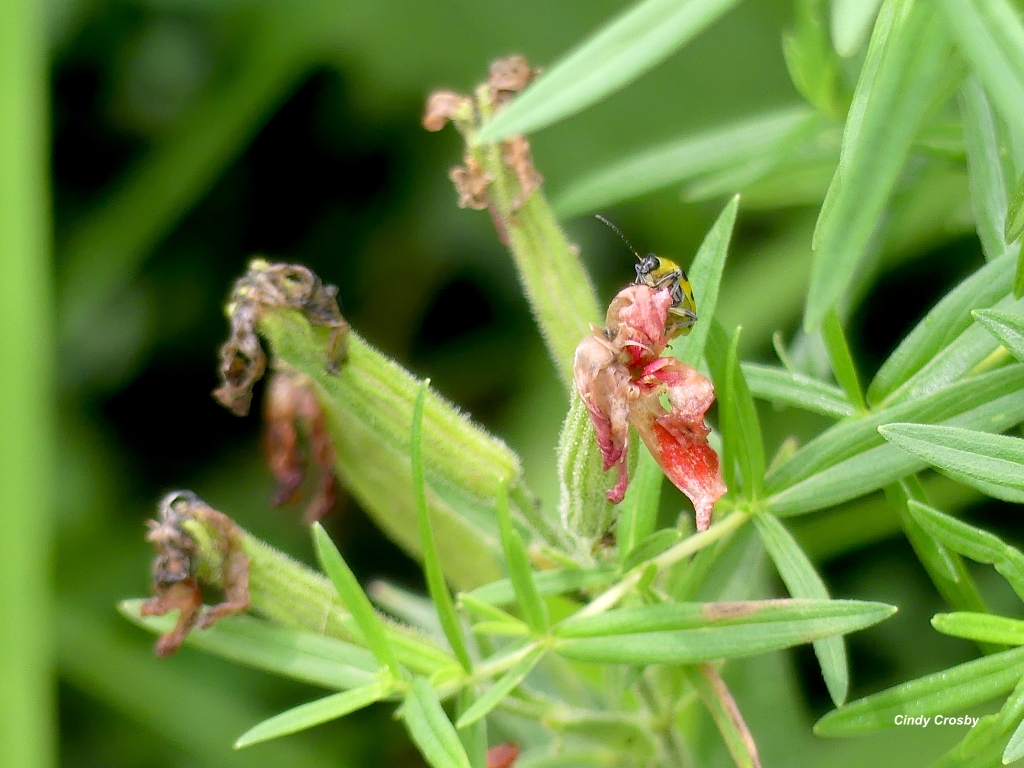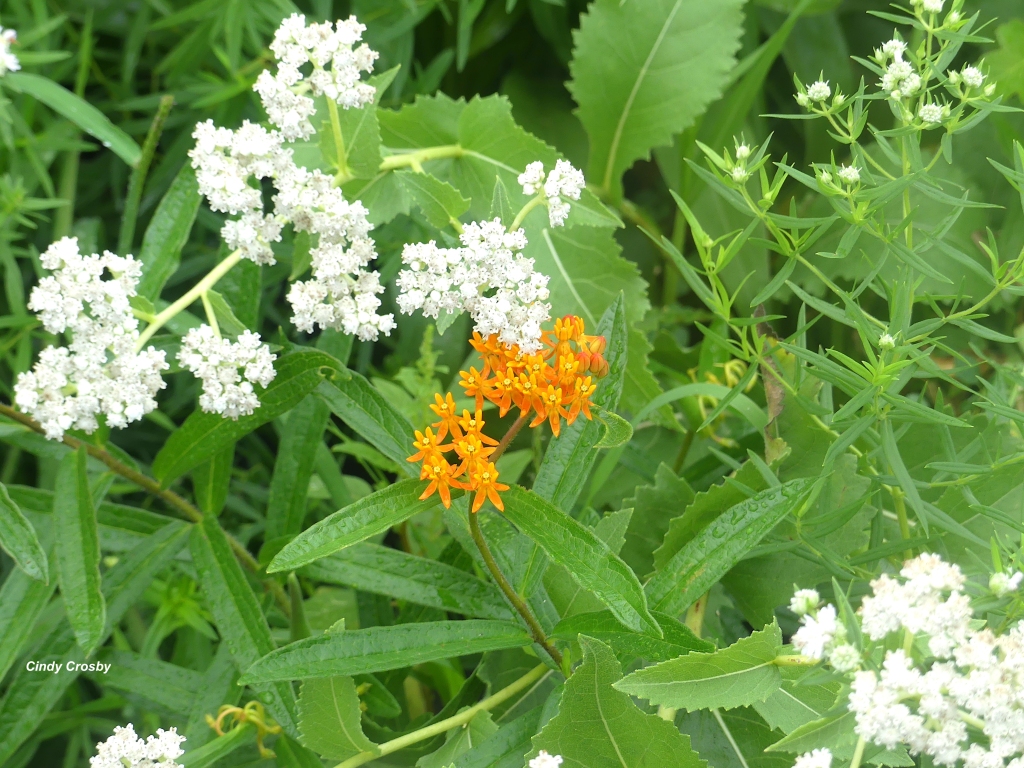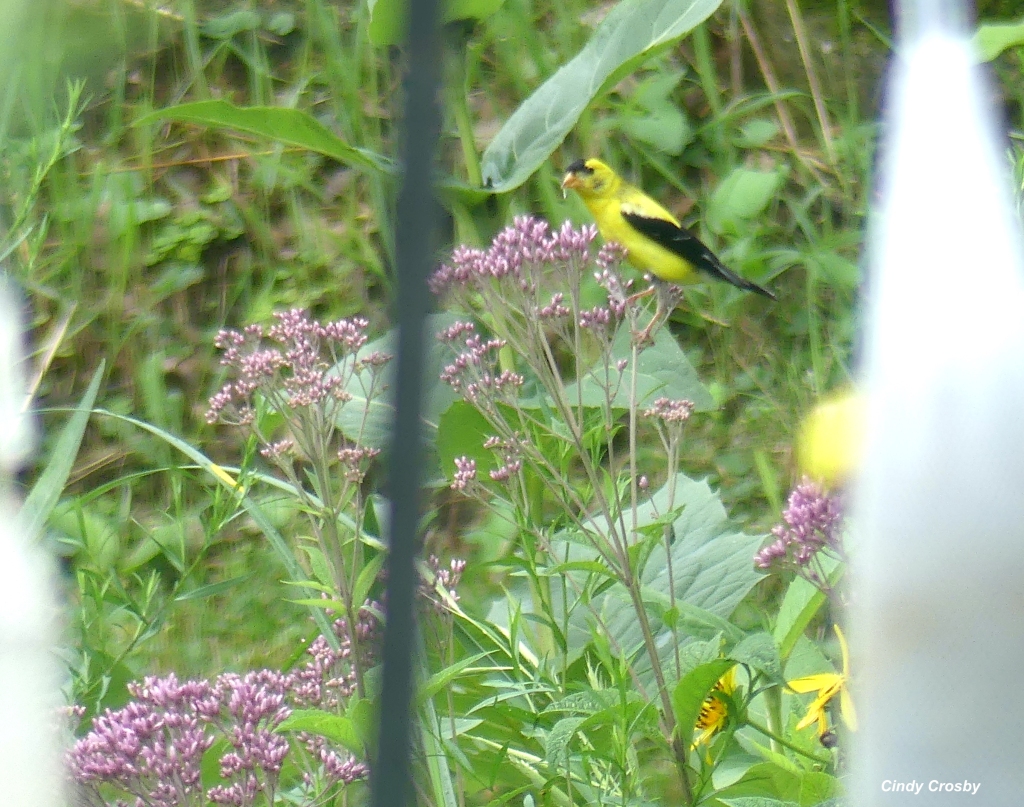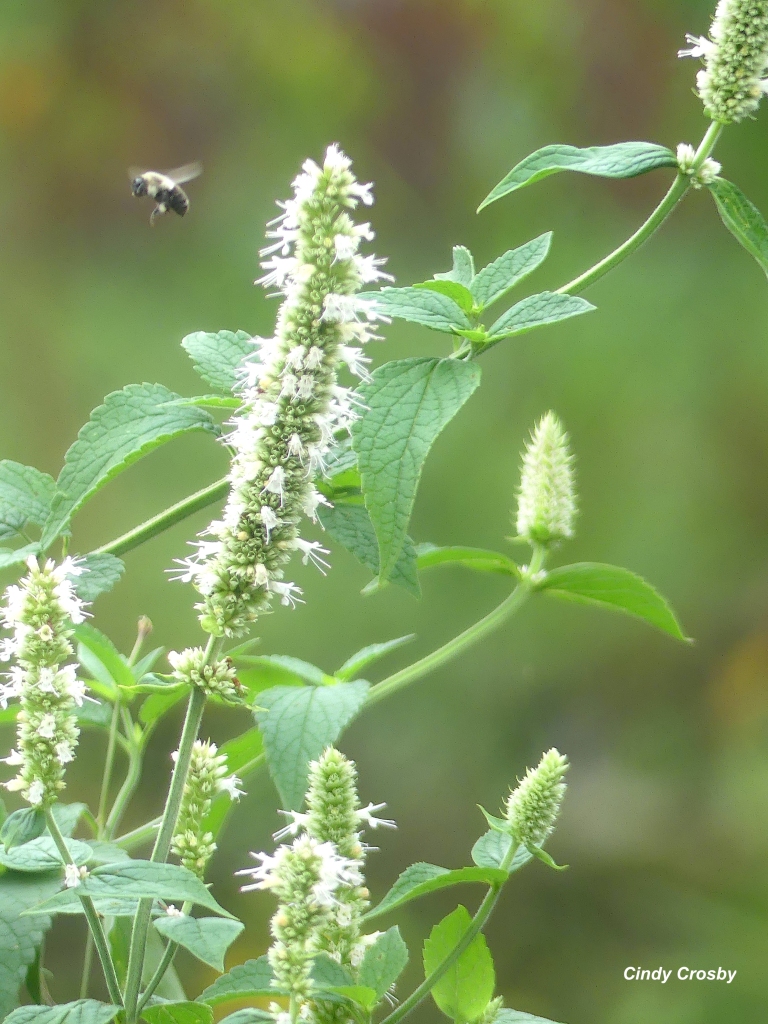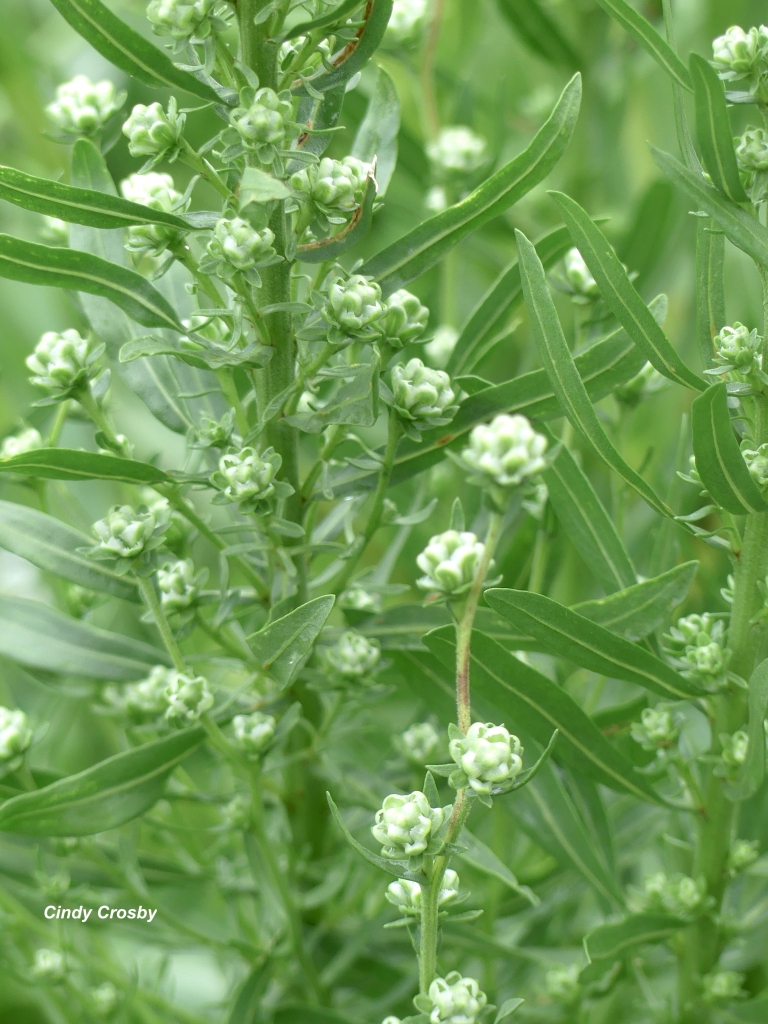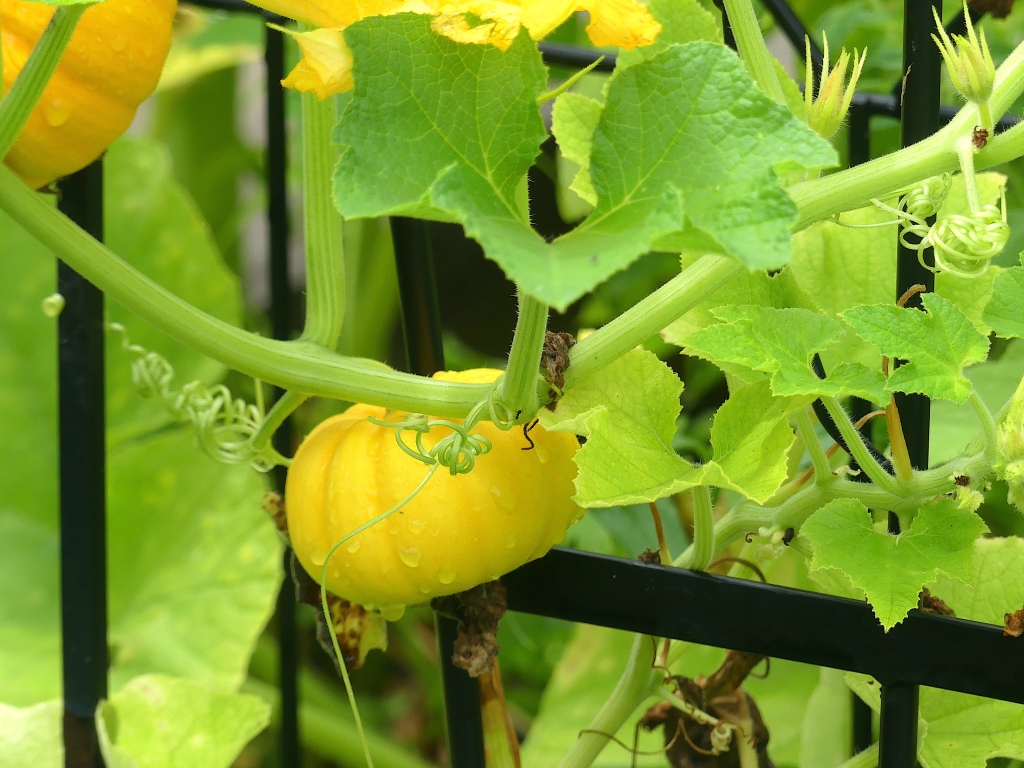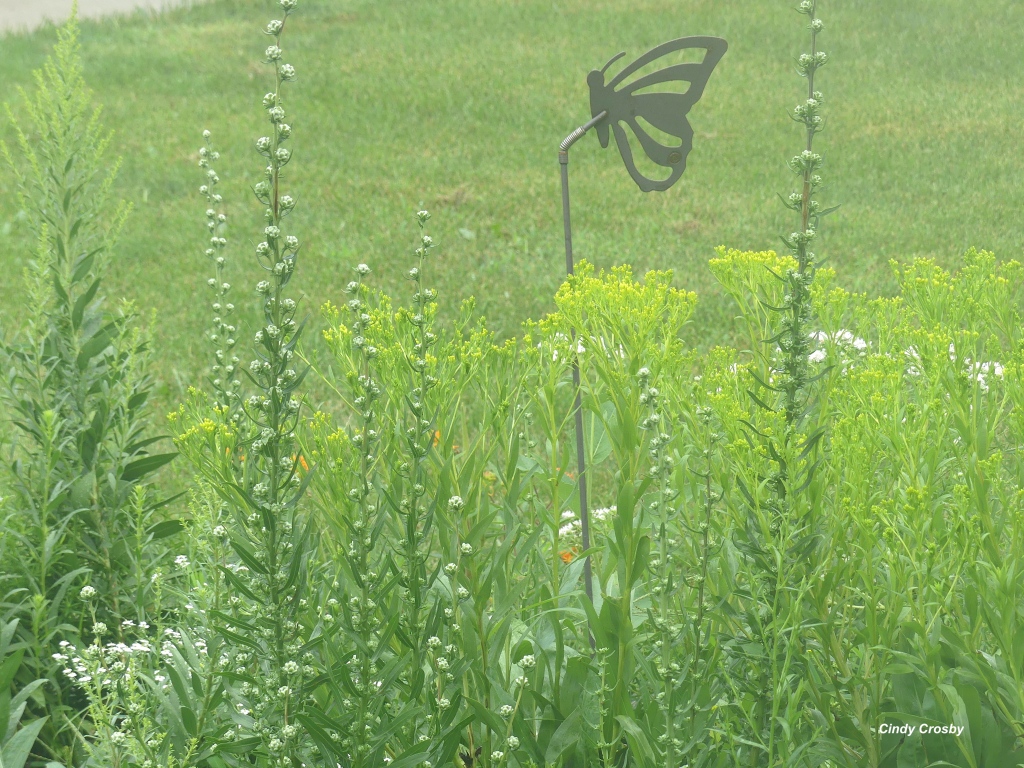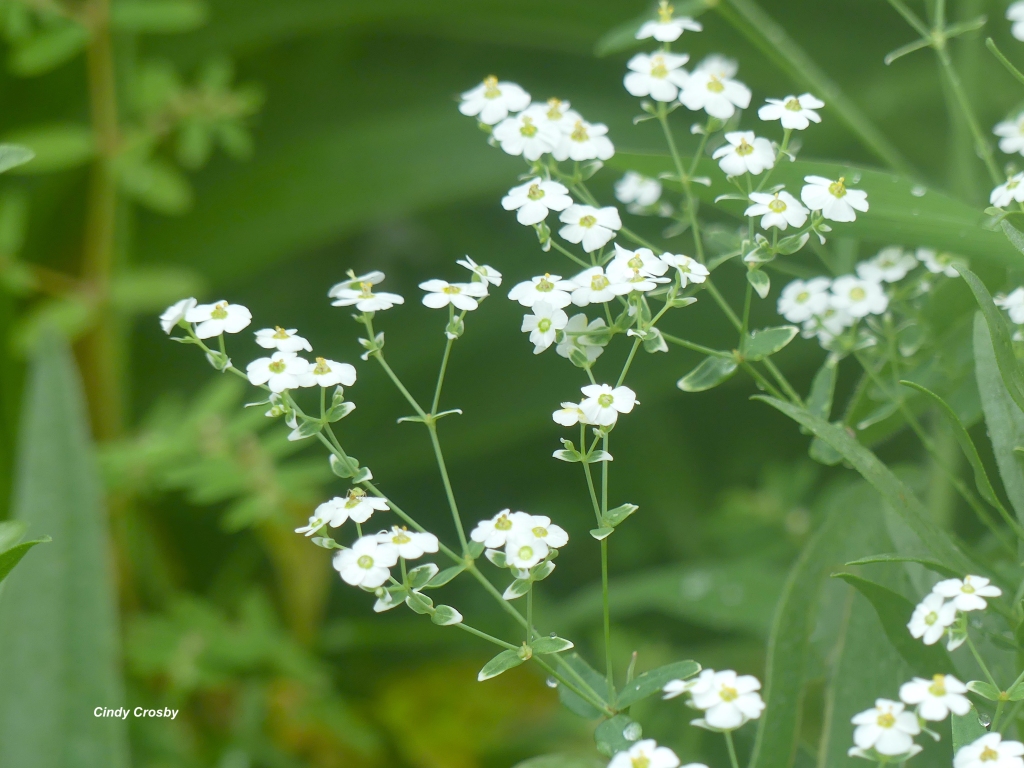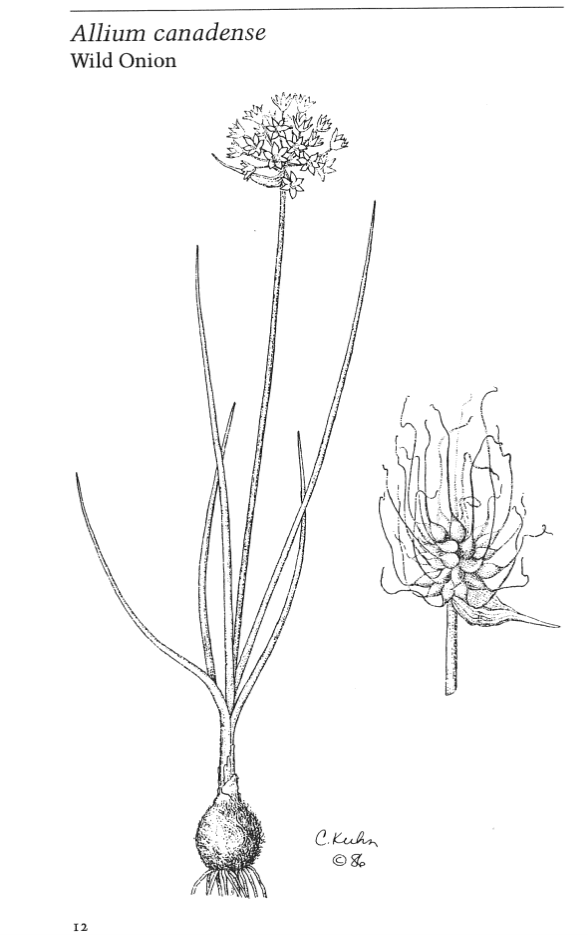“Shall I not rejoice also at the abundance of weeds whose seeds are the granary of the birds?” — Henry David Thoreau
******
September is in full swing. From my ring-side seat on the back porch overlooking the prairie, garden and pond, the backyard is a jungle. I’ve been forbidden to pull weeds for the past four weeks (doctor’s orders), and I have another four weeks to go. The rambunctious garden is beautiful in its own way, I tell myself. Yup. Sure it is.

The invasive sweet autumn clematis vines riot across the perennials—a remnant from a bad gardening decision I made years ago before I veered toward native plants. I’ve pulled out the vines each year and kept them in check. Until now. This season, the clematis has taken full advantage of their temporary reprieve.

Hopefully, I’ll be green-lighted to weed in time to pull the clematis before it goes to seed. Until then, I breath in its wonderful fragrance and try not worry about the zillions of potential offspring it promises next season. Instead, I distract myself with the morning glories, which have gone rogue in purples and whites and blues. And are those asparagus fronds? Yes–presumably seed-dropped by the birds utilizing the feeder and looking quite healthy.
The overall effect is more impressionist than orderly; more Monet than Modrian.

Ralph Waldo Emerson wrote, “What is a weed? A plant whose virtues have not yet been discovered.” There’s a lot of undiscovered virtue here.
My tallgrass prairie, which borders the back edge of our suburban lot, soldiers on without needing much attention from me. Or so it seems at first glance. Joe Pye blooms, soaring over my head to eight feet tall, make the turn from flowers to seeds. Later this fall, the prairie patch will be covered with the feathery seed puffs of grasses, asters, and goldenrods.

Cardinal flowers linger on, scarlet exclamation marks in the recesses of my backyard prairie grasses. Some flowers have gone to seed, but others flourish in this cooler weather. My fingers itch to pull the weeds which have crept in around the red blooms; give them some elbow room, open up space for the cardinal flower’s future progeny. I resist the urge. Instead, I brush the petals with my fingertips. Good luck.

Goldenrod limns the back edges of the yard with splashes and arches of mustard yellow, a nice foil to the prairie cordgrass and Culver’s root going to seed. The blazes of goldenrod are a filling station for monarchs migrating south.

As I look more closely at my prairie patch, I see inroads from a host of weeds. Tiny maple tree sprouts lurk in the shade of the grasses, ready to make a break skyward. Queen Anne’s lace has woven its way into the edges, unnoticed until now. And what’s that? A tree is growing in here! Camouflaged in the cup plants. Goldfinches work the cup plants for seeds….
…then get a drink from rainwater deep in the “cup” formed by the joined leaves.

We have a saying in my prairie work group: “Friends don’t give friends cup plants.” A great prairie native, but in the home garden, cup plants often become thugs and bullies. I count the number of cup plants which have multiplied this summer and sigh. A few months from now, I’ll be digging some out—and perhaps foisting them on another unwary gardener friend. Or putting a few in the compost pile. A native prairie plant—sure! But also potentially invasive in my home garden and prairie.
I’ll deal with it all at the end of October, I promise myself. Until then, I’ll try to relax and enjoy the show.
A newcomer to the prairie patch this season is devil’s beggarticks. What an unprepossessing name! This weedy native must have ridden in with some of the new prairie plugs I planted this spring. Hmmm. I wonder how much it will spread? I guess I’ll find out.

It’s not the only newcomer. Garlic chives appear throughout the garden; insidious, silent—and pretty. It turns out they are a magnet for pollinators. Who knew? Each bloom is busier than a runway at Chicago O’Hare International Airport. The smaller bees and flies work the flowers overtime. Peck’s skippers (shown below) and fiery skippers, whose population has exploded this September, seem to love it.

The name “skipper” is perfect for them. A perky word for a jaunty butterfly,. It fits these small fall fliers. Their cousins, the silver-spotted skippers, love to nectar on my heirloom zinnias—welcome non-native flowers from Mexico—which are excellent for attracting pollinators and always have a place in my backyard.
I’ve never noticed skippers much before, but now I see them everywhere: along the sidewalks of the neighborhood when I take my short walk each day, or in the garden and prairie patch. Is it a just a good year for them? Are some of the “weeds” I’ve let grow attracting them? Or am I just paying more attention to my own backyard?

Some of our native prairie plants are a little rambunctious—perhaps a bit too rambunctious. I’m reminded of this when I go for a short hike five minutes from my house at College of DuPage’s beautiful Russell R. Kirt Prairie. Jeff drives me there for my sanctioned 10-minute walk one day this week on their wide, mowed paths.
It’s so good to be on the prairie again. I soak up everything I can. Even when it is right on the edge of the path, brushing my sleeves, the Illinois bundleflower’s diminutive flowers are easy to overlook.

You can see from its leaves how it gets the nickname “Illinois mimosa” or “sensitive plant.” Looks like a mimosa, doesn’t it? (The plant, not the beverage!) This legume’s unusual seed pods are show-stoppers.

The self-pollinating plants reproduce by seeds. On the Schulenberg Prairie, where I’m a steward, it is quickly taking over whole areas. It supposedly has a poor tolerance for fire, and the Schulenberg Prairie is burned yearly. An enigma! Why is it doing so well? We don’t know. My prairie team picked the seeds defensively for a few years to keep it from spreading, but for this season, we’re letting the plants do their own thing. Two members of the team are tracking their movements to see what will happen. Will an animal, insect, or plant disease arrive to keep the bundleflowers in check? Or will we have a big showdown with a “bundleflower monoculture” in a year or two? We’ll find out. And make corrective decisions as we go.

Illinois bundleflower is not supposed to be a “rambunctious” native plant. Go figure. Sometimes, plants have their own ideas about how they want to behave.
The September prairie palette at College of DuPage is whites and golds; rusts and tans. Indian grass is in full flower; each seed head drips with yellow petals.

There’s a bit of chartreuse and burgundy in the prairie dock leaves turning from emerald to the color of crisp chocolate.

Off trail, there’s a hint of pink in the gaura, a funky tall wildflower and prairie native.

Illinois tick trefoil is bloomed out, but its Velcro-like seed pods, called “loments,” find their way onto my shirt, my pants, and my socks. Tiny hooked hairs help the seeds hitchhike across the prairie—and into my laundry room.

Most of the summer wildflowers are done for the season. Prairie cinquefoil seeds are ready for collection, like small brown bouquets.

Big bluestem and Indian grass dominate, mixing in glorious disarray.

September has arrived, with all its unruly, rough-and-tumble, rambunctious charm.

Whether its the riot in the backyard garden and prairie “jungle”, or the fall free-for-all on the bigger local prairies, I’m glad to have a front row seat. I can’t wait to see what will happen next this month. You too?
****
Henry David Thoreau (1817-1862) is best known for his book, Walden and his essay, Civil Disobedience, which argues a government should not make its citizens commit acts of injustice. Thoreau’s contemporary, Ralph Waldo Emerson (1803-1882), is also quoted in this post.
*****
All photos and video copyright Cindy Crosby (top to bottom): wild lettuce (Lactuca canadensis), Russell R. Kirt Prairie, College of DuPage Natural Areas, Glen Ellyn, IL; invasive sweet autumn clematis (Clematis terniflora), author’s backyard garden, Glen Ellyn, IL; rambunctious garden, author’s backyard, Glen Ellyn, IL; Joe Pye weed (Eutrochium fistulosum), author’s backyard prairie, Glen Ellyn, IL; cardinal flower (Lobelia cardinalis), author’s backyard prairie, Glen Ellyn, IL; monarch (Danaus plexippus) nectaring on stiff goldenrod (Oligoneuron rigidum), Russell R. Kirt Prairie, College of DuPage Natural Areas, Glen Ellyn, IL; cup plant (Silphium perfoliatum), Russell R. Kirt Prairie, College of DuPage Natural Areas, Glen Ellyn, IL; cup plant (Silphium perfoliatum), author’s backyard prairie, Glen Ellyn, IL; devil’s beggarticks (Bidens frondosa), author’s backyard prairie, Glen Ellyn, IL; corrected to Peck’s skipper (Polites peckius) on garlic chives (Allium tuberosum), author’s backyard garden, Glen Ellyn, IL; video of silver spotted skipper butterfly (Epargyreus clarus) nectaring on cut-and-come-again heirloom zinnias (Zinnia elegans), author’s backyard garden, Glen Ellyn, IL; little bluestem (Schizachyrium scoparium), Russell R. Kirt Prairie, College of DuPage Natural Areas, Glen Ellyn, IL; Illinois bundleflower (Desmanthus illinoensis), Russell R. Kirt Prairie, College of DuPage Natural Areas, Glen Ellyn, IL; Illinois bundleflower (Desmanthus illinoensis), Russell R. Kirt Prairie, College of DuPage Natural Areas, Glen Ellyn, IL; Illinois bundleflower (Desmanthus illinoensis), Russell R. Kirt Prairie, College of DuPage Natural Areas, Glen Ellyn, IL: Indian grass (Sorghastrum nutans), Russell R. Kirt Prairie, College of DuPage Natural Areas, Glen Ellyn, IL; prairie dock (Silphium terebinthinaceum), author’s backyard prairie, Glen Ellyn, IL: biennial guara (Guara biennis), Russell R. Kirt Prairie, College of DuPage Natural Areas, Glen Ellyn, IL; Illinois tick trefoil (Desmodium illinoense), Russell R. Kirt Prairie, College of DuPage Natural Areas, Glen Ellyn, IL; prairie cinquefoil (Drymocallis arguta), Russell R. Kirt Prairie, College of DuPage Natural Areas, Glen Ellyn, IL; Indian grass (Sorghastrum nutans) and big bluestem (Andropogon gerardii), Russell R. Kirt Prairie, College of DuPage Natural Areas, Glen Ellyn, IL; prairie dock (Silphium terebinthinaceum) with spiderweb, author’s backyard prairie, Glen Ellyn, IL.
*****
Join Cindy online for Tallgrass Prairie Ecology Online beginning September 17. It’s a work at your own pace class, available through the Morton Arboretum. Registration is here.
Cindy’s other speaking events and classes will resume October 5. Check them out at www.cindycrosby.com.
